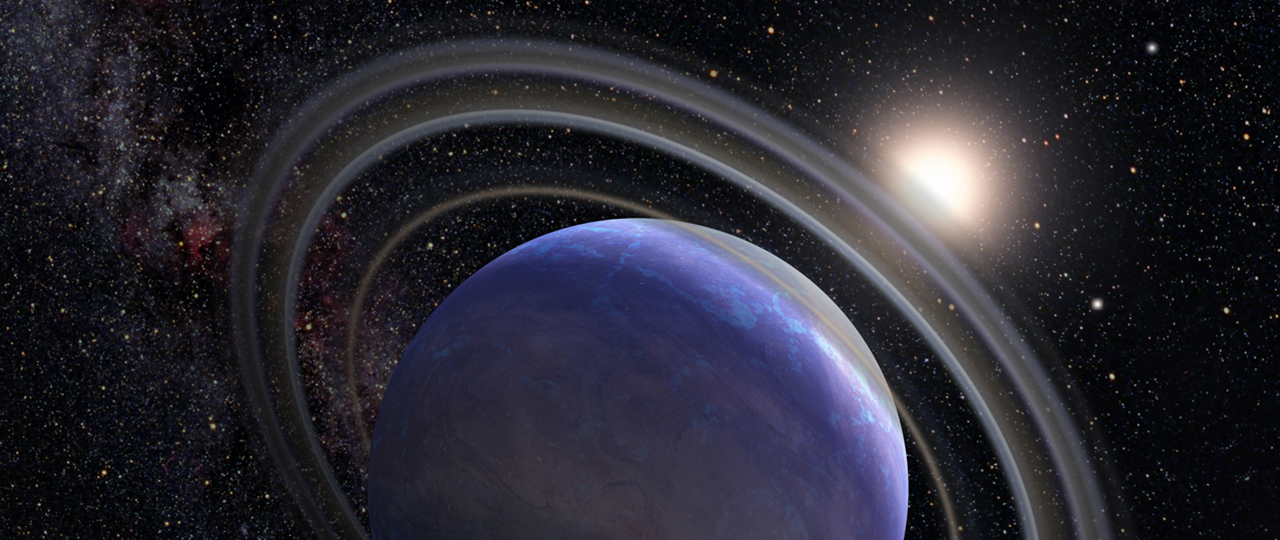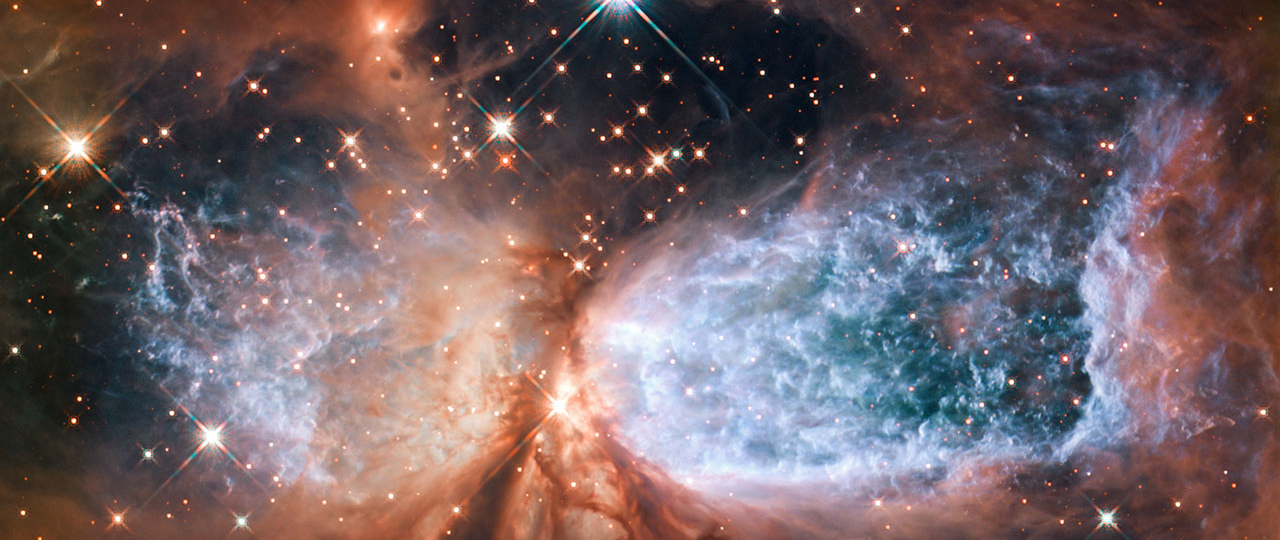Technology
One of the primary science goals of LUVOIR is to detect and characterize habitable exoplanets around nearby stars. To achieve exoplanet yields large enough to enable a statistical study of habitability requires a large aperture telescope, greater than 8 meters in diameter. Any coronagraph instrument that is used to execute the exoplanet survey and characterization must have excellent performance with this telescope. Several key technology components will need to be matured to enable such observations: optimized coronagraph masks, ultra-stable opto-mechanical systems, and low noise, photon-counting visible and near-infrared detectors.
Observing programs aligned with the Cosmic Origins scientific objectives of LUVOIR demand a variety of UV imaging and spectroscopic capabilities, on sources ranging from protostars in local molecular clouds to star-forming galaxies at z=3. These instruments will require advances in large format, high sensitivity, and high-dynamic range (HDR) UV detectors, as well as highly uniform, high-reflectivity broadband mirror coatings.
(includes Sensing, Control, Mirrors, and Structures)
Both of the LUVOIR architectures use deployable segmented primary mirrors to enable a large collecting aperture. Diffraction-limited phasing of such segmented systems using image-based phase retrieval will be demonstrated by JWST in 2018. However, maintaining picometer-level phasing between segments during long-duration coronagraph observations will require new sensing and control architectures, including: edge sensors (capacitive, inductive, or optical), laser metrology, artificial guide stars, and picometer-level actuators for both rigid body and surface figure correction.
Passive and active isolation and damping of dynamic disturbances will be required to maintain the required picometer-level wavefront error stability. It is likely that a tiered approach will be required, with passive isolation at the disturbance sources (i.e. the attitude control system actuators on the spacecraft) and active isolation of the payload from the spacecraft.
Both of the LUVOIR architectures will require mirror segments that achieve diffraction-limited performance at 500 nm, have high stiffness (>200 Hz) for dynamic stability, and thermal stability consistent with the overarching picometer-level wavefront stability requirement.
Deformable mirrors (DMs) are key components of coronagraph instruments, responsible for correcting residual wavefront error to sufficiently suppress speckles in the coronagraph focal plane. Once a dark hole is achieved, the DMs must maintain contrast by correcting slow drifts in the rest of the optical system. When not actively being controlled, the DMs must remain stable so as to not introduce wavefront drift themselves. The outer working angle (OWA) of the coronagraph is fundamentally limited by the number of actuators across the diameter of the DM. Thus large format DMs are needed to enable larger fields of view.
The wavefront stability requirement to enable high-contrast imaging systems is typically quoted as <10 pm RMS wavefront error per control step (typically 10s of minutes) over the relevant dark-hole spatial frequencies. The wavefront control step time is determined by the wavefront sensing technique and the number of source photons used to perform the sensing. Low-order wavefront sensing (LOWFS) typically uses stellar photons rejected by the coronagraph instrument occulting mask (which limits its spatial frequency sensitivity) to estimate line-of-site pointing and low-order (focus, astigmatism, coma) wavefront terms. Out-of-band wavefront sensing (OBWFS) uses stellar photons that are out of the observing wavelength or spatial frequency bands, allowing higher spatial frequency sensitivity.
A principal goal for all technologies is the development of a large-format detector with high pixel count to allow for wide-field imaging and multi-object spectroscopy (MOS) in the UV. All technologies need additional development to achieve these high fill-factor focal planes with a large pixel count, while maintaining other capability requirements. Curved detectors that have the potential to simplify relay optics and reduce the number of reflections for wide-field of view performance should also be considered. Micro-channel Plate (MCP) detectors that can be tiled into large arrays (>200 x 200 mm) are needed to enable large field-of-view UV instruments. Additional improvements in FUV sensitivity and count rates further enhance the science yield of LUVOIR.
Exoplanet yield studies indicate that detectors with zero readnoise (i.e. photon counting) and very low dark current and spurious count rates maximize the exoplanet yield, and in some cases enable exoplanet spectroscopy with an integral field spectrograph. In the optical and near-IR, single photon, large format detectors will enable key exoplanet observations, including multiplexed spectral observations of exoplanet systems. Quantum efficiency improvements across the entire band will further enhance the LUVOIR science mission.
From the O1 Deliverable: Technology Gap Assessment for the 2016 Program Office Technology Cycle
Technology Notes
These are short summaries of some of the technologies of LUVOIR for general audiences.









